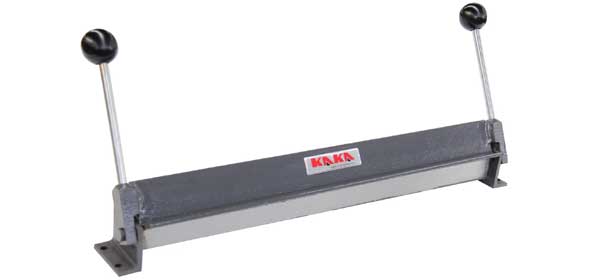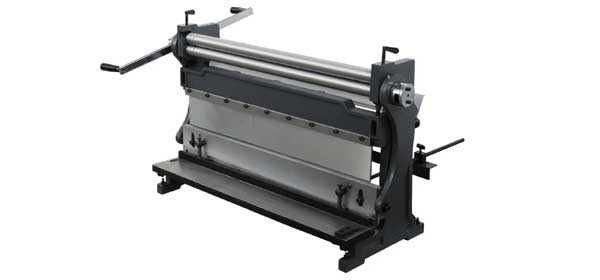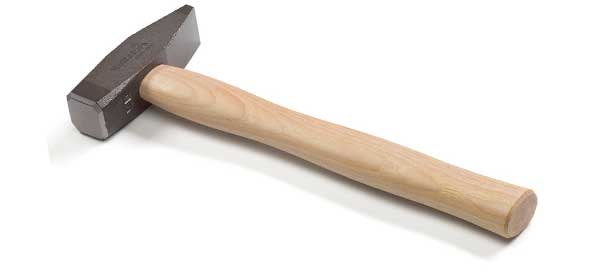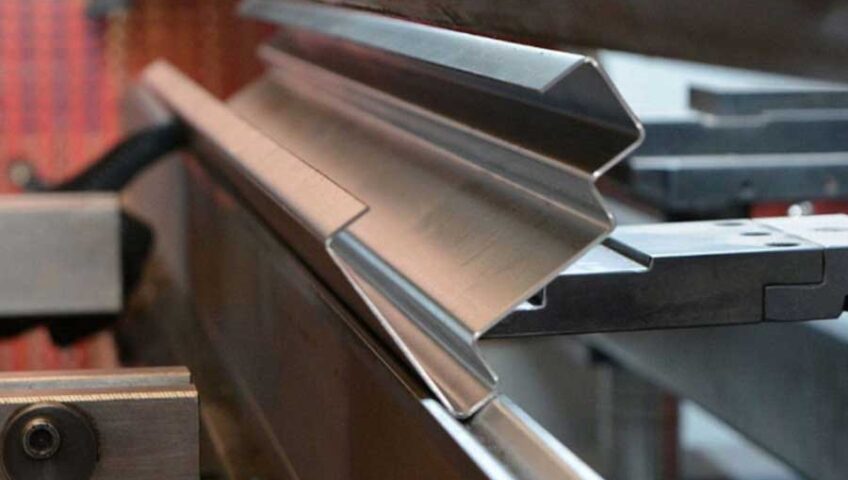Steel sheets, hailed for their unmatched versatility and durability, have found their place in an array of applications spanning industries. From automotive bodies to intricate sculptures, bending steel sheets with precision is a prerequisite for achieving the desired result. Here, we break down the essentials and best practices to bend steel sheets effectively and safely.
Understanding the Dynamics of Steel Sheets
Before bending steel sheets, a fundamental grasp of their inherent characteristics is crucial. Steel sheets come in various thicknesses and grades. The thinner the sheet, the more pliable it tends to be, and vice versa. Different grades offer varying degrees of flexibility and strength, factors that directly influence the bending approach.
Essential Equipment for Bending Steel Sheets
- Sheet Metal Brake

This tool is paramount for bending steel sheets. It provides leverage and precision, ensuring clean and consistent bends. - Sheet Metal Bender A more portable alternative to the brake, suitable for lighter sheets.
- Hammer and Dolly Traditional tools for hand shaping, especially for minor adjustments or detailed work.
- Safety Gear: Always prioritize safety. Durable gloves and safety glasses are non-negotiables when working with steel sheets.


Process to Bend Steel Sheets Like a Pro
- Prioritize Safety: Equip yourself with safety gloves and glasses to prevent injuries from sharp edges or metal splinters.
- Mark the Bend: Clearly define where you want the bend using a non-permanent marker. Accuracy in marking translates to precision in the final result.
- Secure the Steel Sheet: Position the steel sheet in the sheet metal brake or bender, aligning your marked line with the tool’s bending edge.
- Initiate the Bend: Apply pressure steadily. If using a manual tool, ensure even force for a smooth bend. With an automated machine, set the desired angle and let the machine do the heavy lifting.
- Inspect and Adjust: After bending, examine the angle. If further adjustments are needed, the hammer and dolly can be invaluable for fine-tuning.
Insider Tips for Stellar Results
- Material Warmth: Steel sheets bend more easily when slightly warm. Consider this, especially in colder working environments.
- Over-Bending Strategy: Steel has a tendency to spring back slightly after bending. Compensate by bending slightly past the desired angle.
- Practice on Scraps: If you’re new to bending steel sheets, honing your skills on scrap pieces before the actual project can be a game-changer.
Common Mistakes and Their Remedies
- Overbending: Applying too much force can lead to overbending. Remedy: Use the dolly and hammer to gently flatten the excessive bend.
- Uneven Bends: This often results from inconsistent pressure. Remedy: Practice on spare sheets to develop a consistent hand.
- Surface Scratches: Mishandling can lead to unsightly scratches. Remedy: Always place steel sheets on soft surfaces and handle with care.
Transforming the Realm of Possibilities
Bending steel sheets isn’t merely a mechanical process; it’s an art form that unlocks a world of possibilities. From crafting bespoke car panels to fabricating unique architectural elements, mastering steel bending can set you apart in the realm of fabrication. It’s not just about the bend; it’s about reshaping the horizon of what’s achievable.
Endless Applications Await
The applications of bent steel sheets are vast and diverse:
- Automotive: Crafting car bodies, fenders, and more.
- Architecture: Designing unique building facades, panels, and decorative elements.
- Art: Sculpting metal art pieces that captivate and inspire.
Closing Thoughts
Bending steel sheets with precision and finesse requires a fusion of the right knowledge, tools, and practice. As industries evolve and designs become more complex, the ability to manipulate steel sheets with mastery will remain a sought-after skill. Embrace the challenge, refine your technique, and let every bend be a testament to your craftsmanship.

